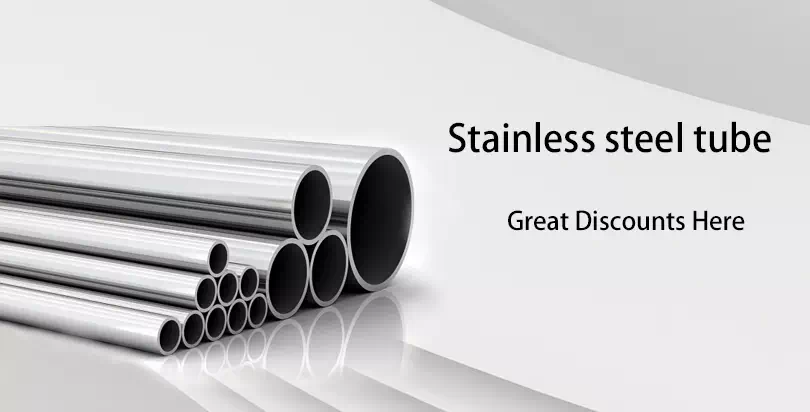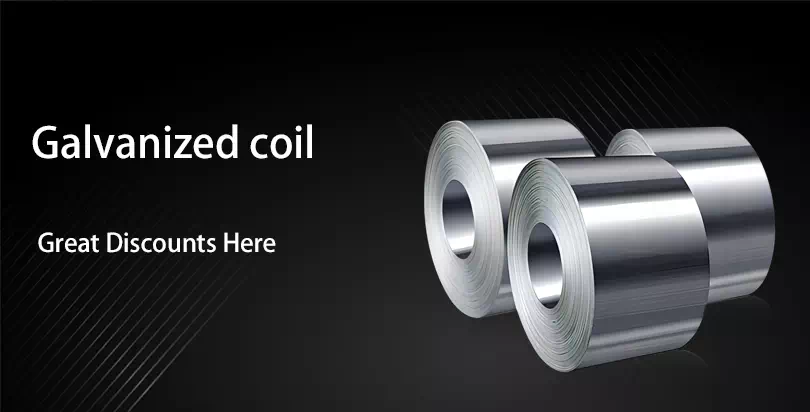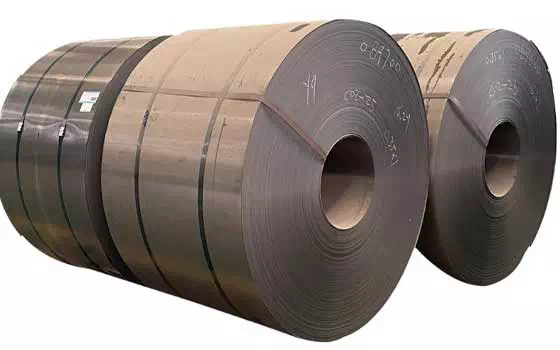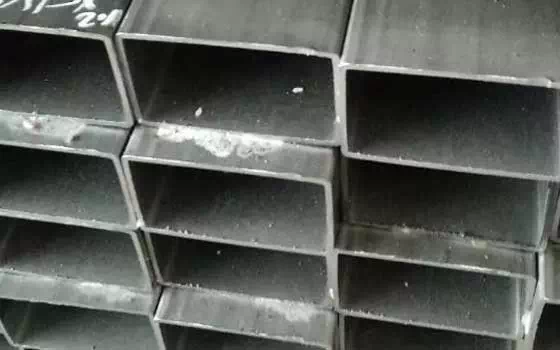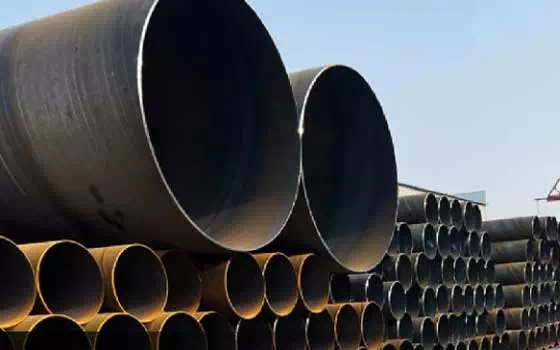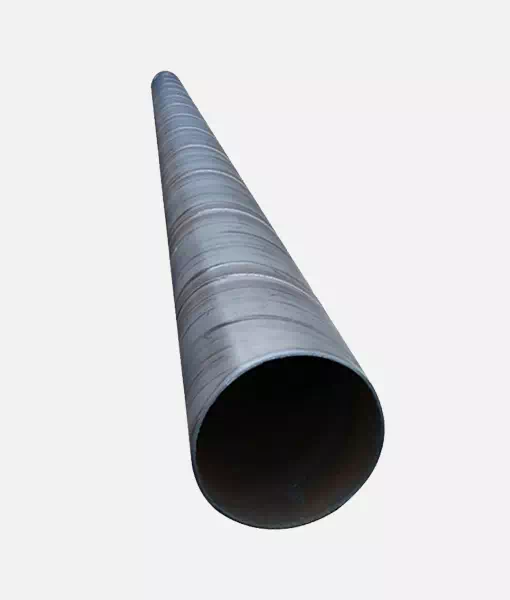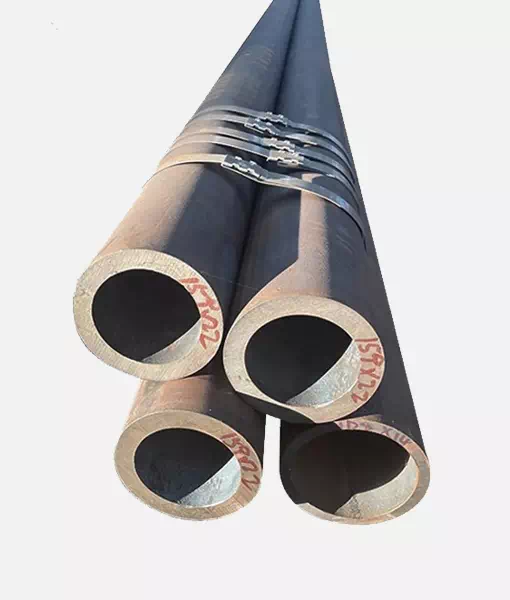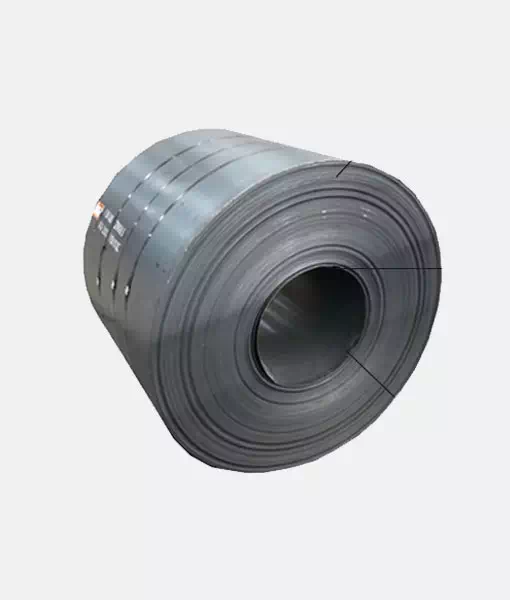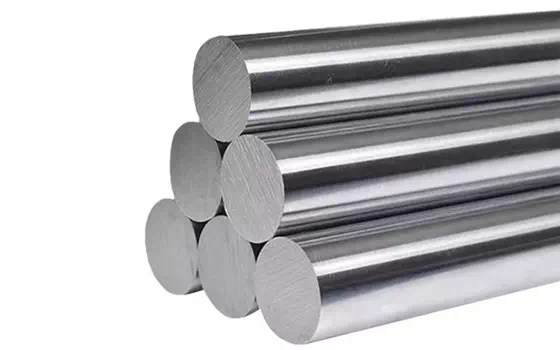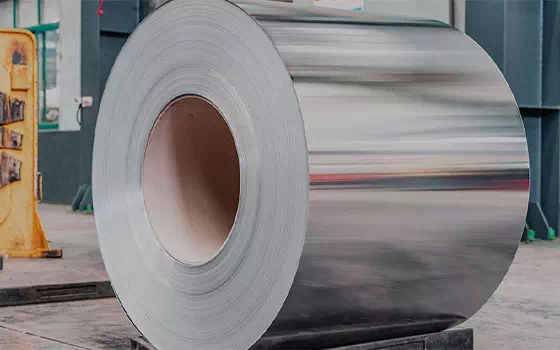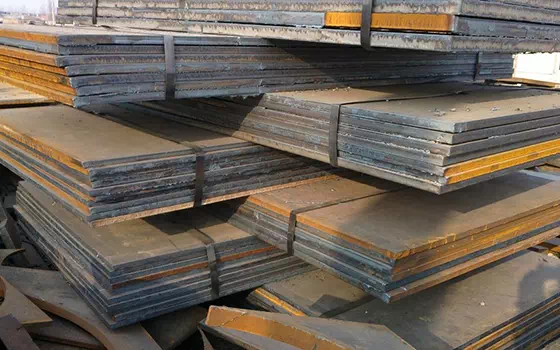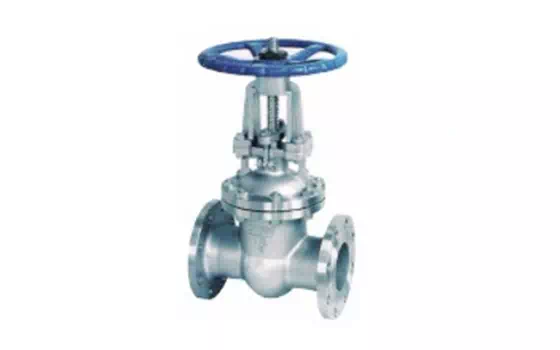Open-hearth steel is mainly carbon steel and ordinary low-alloy steel, which are divided into acid open-hearth steel and basic open-hearth steel according to the properties of lining materials. Process of treating molten steel with argon gas in open hearth melting pool.
Open-hearth steel is mainly carbon steel and ordinary low-alloy steel, which are divided into acid open-hearth steel and basic open-hearth steel according to the properties of lining materials. Process of treating molten steel with argon gas in open hearth melting pool. Tests were carried out in open hearth furnaces with capacities of 150, 300 and 430t. The steel is smelted by the scrap ore method according to the current process. Metal Ar is blown through the furnace roof tilting oxygen gun, and the gas consumption is 400 ~ 1200m /(h· gun). YKOC-1 sensor was used to check the oxygen activity in melt before and after blowing. In the smelting group, metal and residue samples are selected from the furnace.
Oxidizing agent used in open-hearth steelmaking air and oxide in the charge (scrap iron, scrap steel, iron ore). The heat required for the reaction is provided by the combustion of gaseous fuels (blast furnace gas, producer gas) or liquid fuels (heavy oil)
The furnace of an open-hearth furnace is a trough made of firebricks covered by a furnace top made of firebricks. There is a charging port on the front wall of the open hearth, and the charging machine fills the charging material from here. Close the door made by the firebrick when melting. Both ends of the furnace are built with furnace heads, each with two holes for the introduction of fuel and hot air, or from the furnace gas.
The raw materials used in open-hearth steelmaking are scrap steel, scrap iron, iron ore and solvents (limestone and quicklime). When smelting begins, the fuel meets the hot air imported and burns on the fuel surface at a temperature of up to 1800 ° C. The heat is transferred directly from the flame to the charge, which melts rapidly (the melting point of iron is 1535 ° C, and steel is slightly lower). At the same time, a part of the melted pig iron is generated ferrous oxide, and the impurities in the pig iron, silicon and manganese are oxidized by ferrous oxide, and the slag is generated. Because there is an excess of limestone in the furnace, impurities such as phosphorus and sulfur form calcium phosphate and calcium sulfide as slag. Second, the carbon is oxidized, resulting in carbon monoxide bubbling out of the molten metal as if it were boiling.
When the reaction is almost complete, add the deoxidizer and periodically pull out the slag. When smelting is about to be completed, it is necessary to check whether the composition of the steel meets the requirements according to the pre-furnace analysis (with rapid analysis, which can be completed in a few minutes). The refined steel flows from the outlet into the ladle, and from the ladle into the mold to cast the product or ingot.
In order to increase the furnace temperature, the gas fuel should be preheated in the regenerator.
In the open furnace, not only liquid pig iron can be added, but also solid pig iron and waste iron and iron ore after processing. In addition, if 30% oxygen-rich air is used in the open furnace and oxygen is blown into the melted metal at the same time, the productivity can be increased by 80%, the smelting time can be shortened by 2 to 4 hours, and fuel can be saved, and the oxygen-rich air does not need to be preheated.


